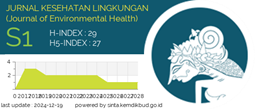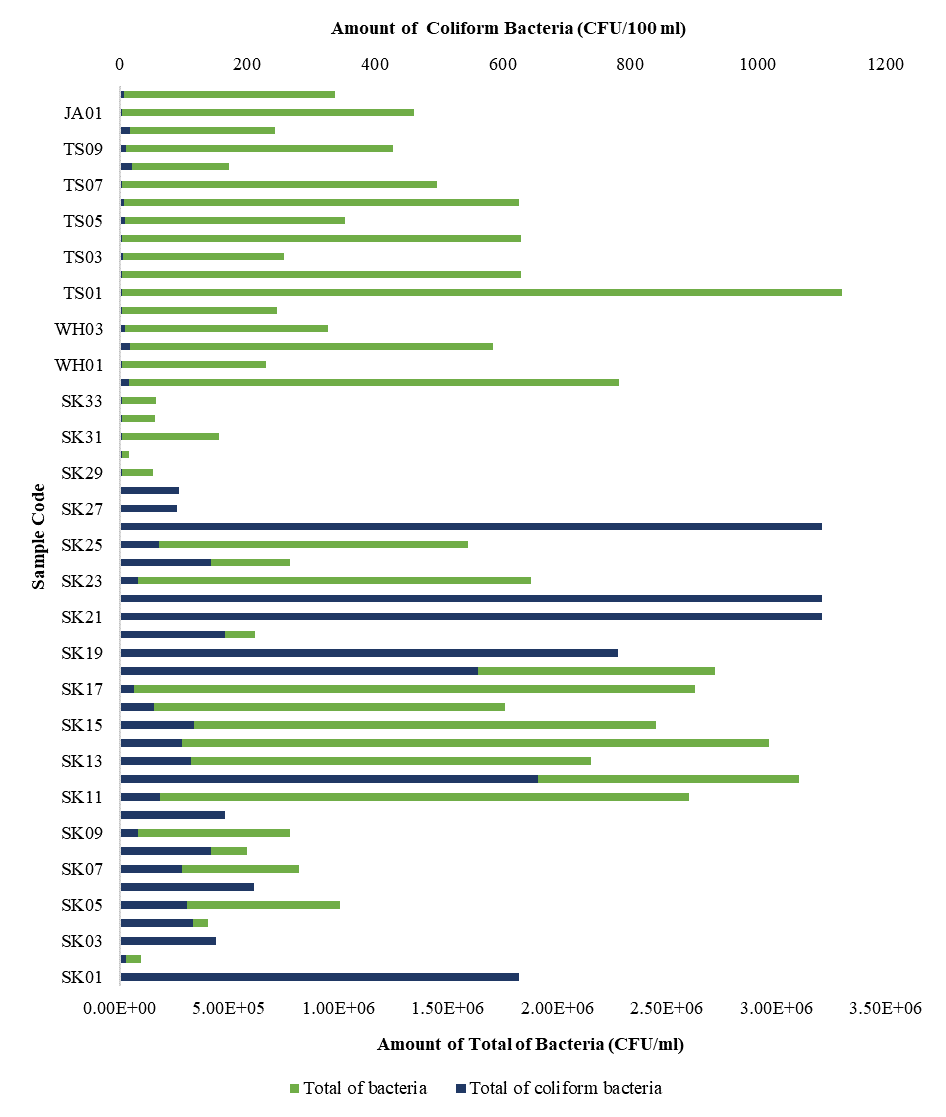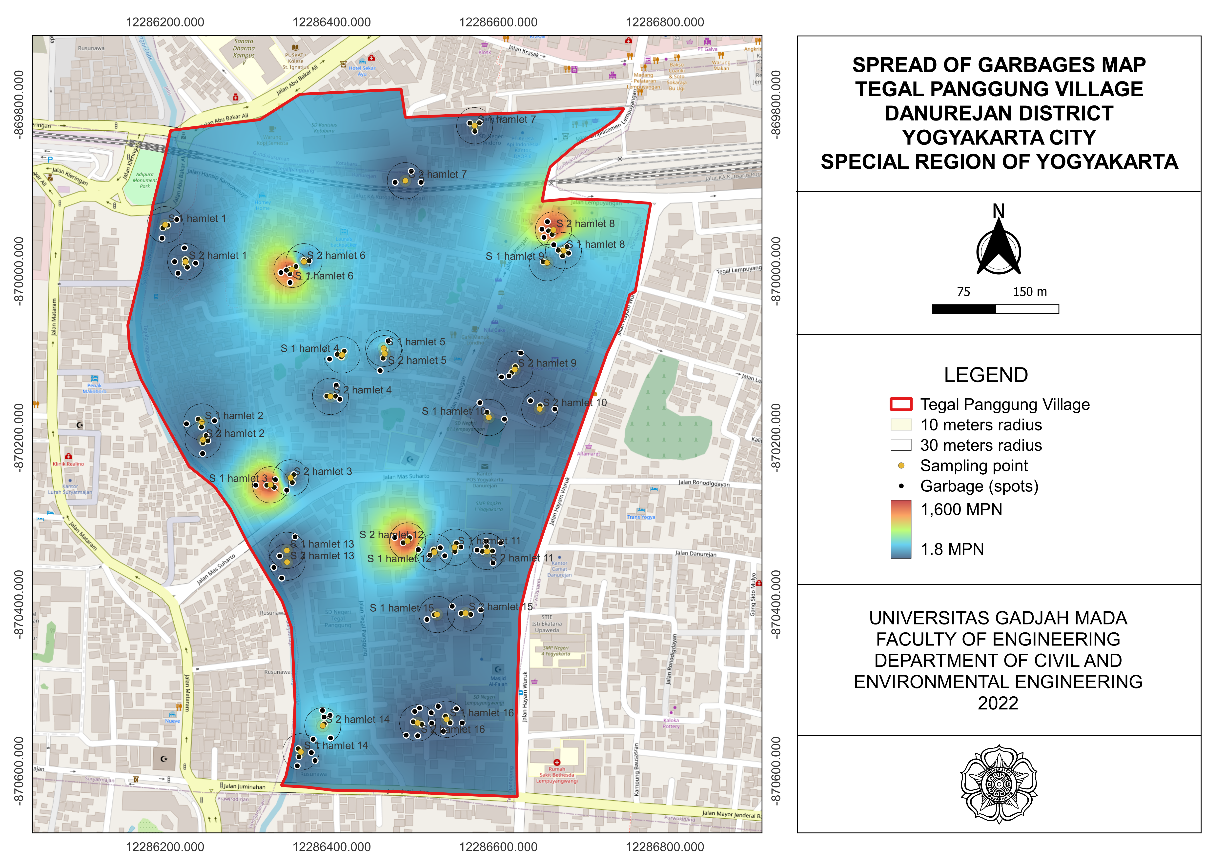Physiological Responses of Workers' Vital Signs in High Temperature Environments at The Tofu Home Industry Kedung Tarukan Surabaya
Downloads
Almatsier, S. (2004). Prinsip Dasar Ilmu Gizi. Jakarta: Gramedia Pustaka Utama.
Arbury S, Jacklitsch B, Farquah O, Hodgson M, Lamson G, Martin H, P. A. (2014). Heat illness and death among workers: United States, 2012–2013. USA. https://www.cdc.gov.
Aula, L. E. (2010). Stop Merokok. Yogyakarta: Garailmu.
BLS. (2011). Occupational outlook handbook, 2010–2011. Washington, DC.
BSN, (2004). Standar Nasional Indonesia (SNI), Pengukuran Iklim Kerja (Panas) dan dengan Parameter Indeks Suhu Basah dan Bola. SNI 16-7061-2004.
Depkes RI. (2005). Pedoman Umum Gizi Seimbang (PUGS). Jakarta: Departemen Kesehatan.
Guyton dan Hall. (2011). Textbook of Medical Physiology (12th ed.). SAUNDERS ELSEVIER.
Igbal, W., Indrawati, L., dan Susanto, J. (2015). Buku Ajar Ilmu Keperawatan Dasar. Jakarta: Salemba Medika.
Dharma, I.P.A. (2011). Perbedaan Tekanan Darah Sebelum dan Sesudah Terpapar Panas Pada Pekerja Home Industry Pande Besi. Surabaya: Universitas Airlangga. https://repository.unair.ac.id
Mukono. (2006). Prinsip Dasar Kesehatan Lingkungan. Surabaya: Airlangga University Press.
Muttaqin, A. (2009). Asuhan Keperawatan Klien dengan Gangguan Sistem Kardiovaskuler. Jakarta: Salemba Medika.
NANDA. (2013). Aplikasi Asuhan Keperawatan Berdasarkan Diagnosa Medis dan NANDA NIC NOC. Yogyakarta: Media Action.
NIOSH. (2016). Occupational Exposure to Heat and Hot Environments. US Department of Health and Human Services.
Kepmenaker. (2018). Peraturan Menteri Kesehatan Tenaga Kerja Republik Indonesia Nomor 5 Tahun 2018 tentang Keselamatan dan Kesehatan Lingkungan Kerja. Indonesia.
Kepmenaker. (2010). Peraturan Menteri Tenaga Kerja dan Transmigrasi Nomor 8 Tahun 2010 tentang Alat Pelindung Diri. Indonesia.
Kepmenkes. Peraturan Menteri Kesehatan Republik Indonesia No. 70 Tahun 2016 Tentang Standar dan Persyaratan Kesehatan Lingkungan Kerja Industri (2016). Indonesia.
Pranata, A. E. (2013). Manajemen Cairan dan Elektrolit, Cetakan 1. Yogyakarta: Nuha Medika.
Siswantara P. (2006). Perbedaan Efek Fisiologis Pada Pekerja Sebelum Dan Sesudah Bekerja Di Lingkungan Kerja Panas. Media Kesehatan Lingkungan, Vol. 2, No. 2, 163-173. https://journal.unair.ac.id
Rahmayani, R. E. (2017). Perbedaan Suhu Tubuh, Tekanan Darah, Denyut Nadi Sebelum dan Sesudah Terpapar Panas di PT. PAL Indonesia (Persero).
Siswanto. (2010). Manajemen Tenaga Kerja Indonesia Pendekatan Administrasi dan Oprasional. Jakarta: PT. Bumi Aksara.
Soeripto, M. (2008). Higiene Indstri. Jakarta: Balai Penerbit FK UI.
Sugeng Budiono, A. M. (2003). Bunga Rampai Hiperkes. Semarang: Universitas Diponegoro.
Suharto, Bambang, Basoeki Patricia Maria, Indrayuni Lukita Wardhani, R. H. (2015). Keterampilan Medik 1. Surabaya: Airlangga University Press.
Suma'mur, P. (2014). Higiene Perusahaan dan Kesehatan Kerja (Hiperkes). Jakarta: Sagung Seto.
WHO. (2013). Protecting the public and minimizing health effects from heat: towards the development of a Heat-Health Action Framework for the Prefecture of Hyogo, Japan. https://www.who.int/kobe_centre/en/
Wulandari, J. (2017). Analisis respon fisiologis dan psikologis akibat paparan panas pada tenaga kerja di Area Filter Press PT Industri Gula Glenmore. 1.4.2. SKRIPSI. Universitas Airlangga.
Zaenal. A. dan Suharyo. W. (2009). Studi Literatur Tentang Lingkungan Kerja Fisik Perkantoran. Studi Literatur Tentang Lingkungan Kerja Fisik Perkantoran. Jakarta: Kemenakertrans.
2. Formal legal provisions to access digital articles of electronic journal are subject to the provision of the Creative Commons Attribution-ShareAlike license (CC BY-NC-SA), which means that Jurnal Kesehatan Lingkungan is rightful to keep, transfer media/format, manage in the form of databases, maintain, and publish articles.
3. Published manuscripts both printed and electronic are open access for educational, research, and library purposes. Additionally, the editorial board is not responsible for any violations of copyright law.
JKESLING by UNAIR is licensed under a Creative Commons Attribution-ShareAlike 4.0 International License.







































